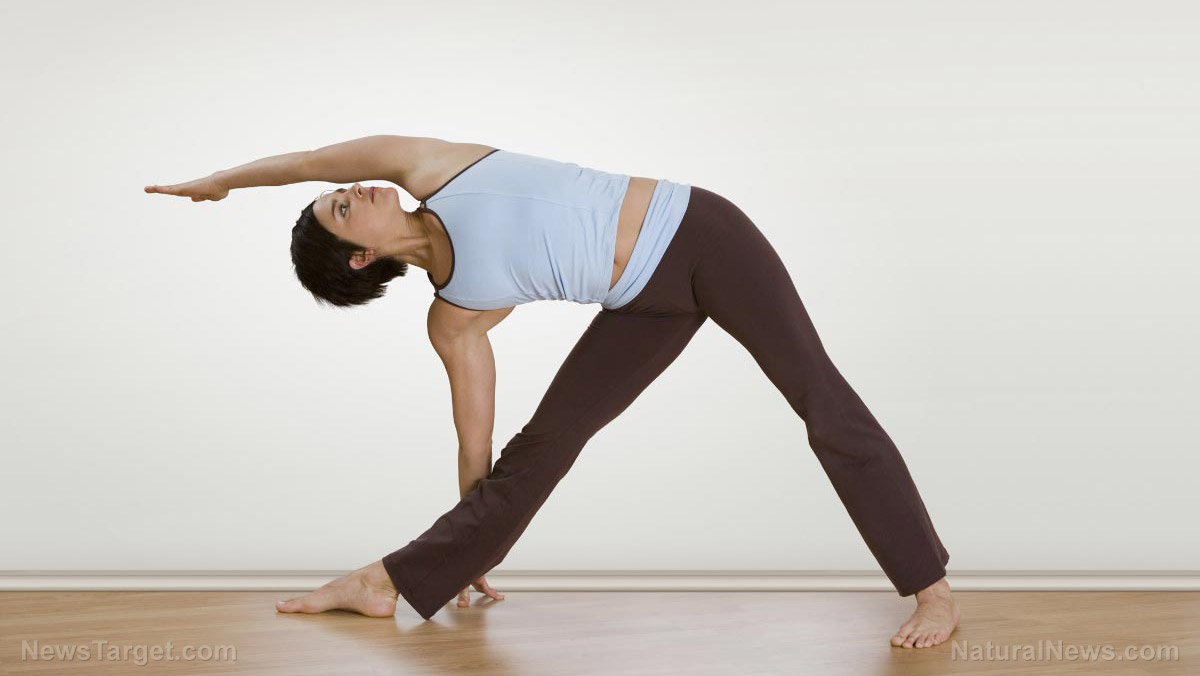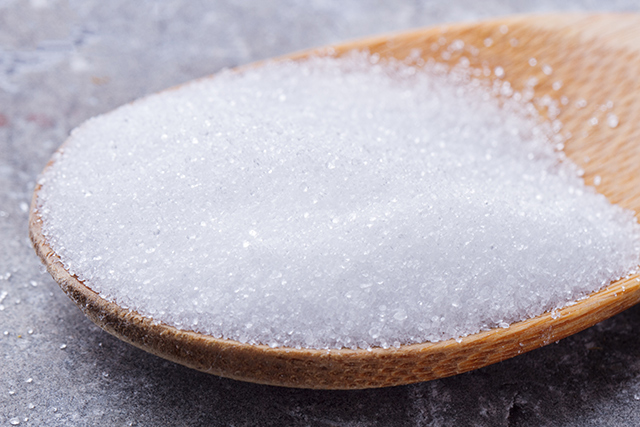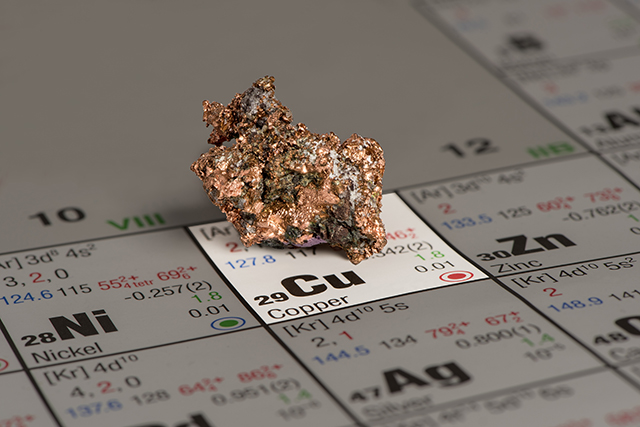
Hypertension, also known as high blood pressure, is a medical condition where the blood pressure of the patient is constantly high. It is often undetectable and can increase the chances of heart disease.
One of its common side effects is the stiffening of the arterial walls. The pressure exerted by fast-moving blood gets transmitted from the arteries to smaller vessels with thinner walls. These smaller vessels can get damaged, resulting in medical complications.
If the central arteries become stiffer, the pressure exerted on them go all the way to the small blood vessels that provide the brain with blood. This could put the brain at risk.
Patients with hypertension are often advised to take up more physical exercise. Cardio-type exercise is highly recommended. However, there is little information about the effects of aerobic exercise on the arterial stiffness and pulsatility (the gap between the systolic and diastolic blood pressure) of hypertensive people. (Related: Try qigong, a traditional Chinese exercise, that can help hypertensive people lower their blood pressure.)
The effects of aerobic exercise on stiff arteries
Syracuse University (SU) researchers examined how aerobic exercise could potentially alter arterial stiffness and the pulsatility of the brain's blood vessels. They gathered a total of 60 adult participants.
Half of the participants were patients who were being treated for hypertension. The rest were healthy adults with matching age, sex, and body mass index.
All participants joined an aerobic exercise session. They used exercise cycles for 30 minutes with peak oxygen consumption rated at ?55 percent.
The SU researchers measured the blood flow dynamics (hemodynamics) of each participant before and after the aerobic exercise. They employed various techniques and tests in their assessment.
For example, they determined the stiffness of the aorta by measuring the pulse wave velocity of the carotid-femoral. Ultrasound techniques measured the beta-stiffness of the carotid artery.
The researchers also recorded the aortic/carotid pulse pressure, the difference between the systolic and diastolic velocities of blood passing through the carotid/middle cerebral artery, and the intensity of the carotid wave. The last was used to calculate the forward wave intensity of the blood going through the carotid.
Aerobic exercise is safe and beneficial for hypertensive people
Their findings showed that aerobic exercise exerted influence upon the hemodynamics of hypertensive adults. Indeed, the patients with hypertension experienced the same effects as their healthier counterparts.
Both patients and healthy participants displayed more or less the same increases in their carotid-femoral pulse wave velocity, carotid/middle cerebral artery, pulsatility index, carotid pulsatility index, and forward wave intensity. Furthermore, the carotid pulse pressure and beta-stiffness of both groups did not change, even during the height of the aerobic exercise.
The aerobic exercise caused the forward wave intensity of blood to rise up. This increase benefited the pulsatility of the blood pumping through the carotid-femoral, an important blood vessel in the thigh of humans.
In turn, the improved carotid pulsatility was mirrored by a similar improvement in the pulsatility of blood in the middle cerebral artery. This artery delivers blood to the brain of a human.
The SU researchers concluded that aerobic exercise produced the same effects in a person during the short period after the exercise. This holds true whether that person has hypertension or not. Furthermore, while aortic stiffness did go up, so did the hemodynamic pulsatility of the blood vessels of the brain.
Visit NaturalHealth.news to learn about natural approaches to improving hypertensive conditions.
Sources include:
Please contact us for more information.























